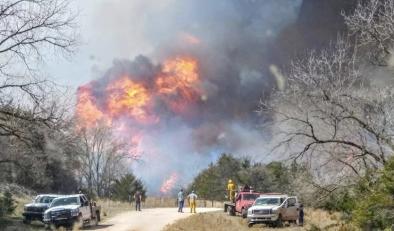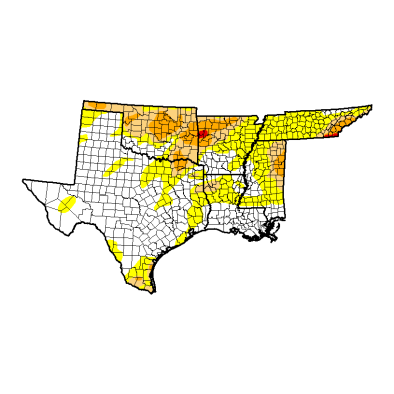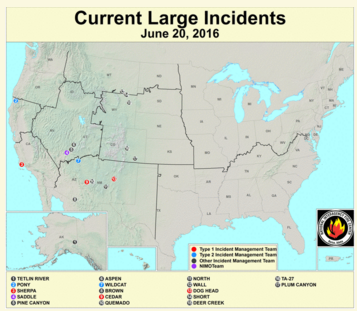Science Source
Surging wildfire activity in a grassland biome
- States that rapid changes in wildfire patterns are documented globally, increasing pressure to identify regions that may experience increases in wildfire in future decades
- States that temperate grassland and savanna biomes were some of the most frequently burned regions on Earth; however, large wildfires have been largely absent from the Great Plains of North America over the last century
- Conducts an in-depth analysis of changes in large wildfire (>400 hectares) regime characteristics over a 30 year period across the Great Plains
- For the entire biome:
- The average number of large wildfires increased from 33.4 ± 5.6 per year from 1985 to 1994 to 116.8 ± 28.8 wildfires per year from 2005 to 2014
- Total area burned by large wildfires increased 400%
- Over half the ecoregions had greater than a 70% probability of a large wildfire occurring in the last decade
- Seasonality of large wildfires remained relatively similar
Related Content
Headline

Apr 18, 2018 | Washington Post
Southwest fire threat called ‘extreme to historic’ amid brutally hot and dry conditions
Headline

Apr 17, 2018 | Weather Underground | Category 6
Why Is Oklahoma Burning?
Real Time Data

Mar 8, 2017 | United States Drought Monitor
Southern Drought Monitor
Real Time Data

Jun 20, 2016 | Remote Sensing Applications Center / USDA Forest Service
US Current Large Wildfire Incidents


